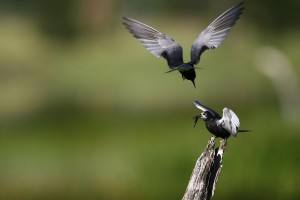
Chlidonias niger
Chlidonias niger
The Black Tern has two subspecies. The call is a short, nasal scream called ···

Sterna acuticauda
Sterna acuticauda,Black-bellied Tern
The Black-bellied Tern is a small waterbird with no subspecies.Black-bellied···
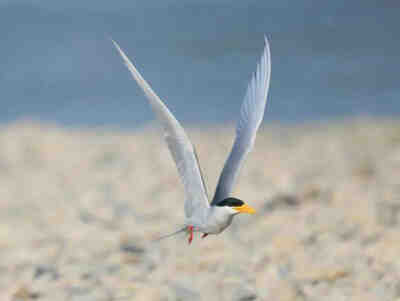
Sterna aurantia
Sterna aurantia,River Tern, Indian River Tern,Yellow-billed tern, Indus Tern
River Tern is a medium-sized waterfowl with no subspecies.River terns are re···
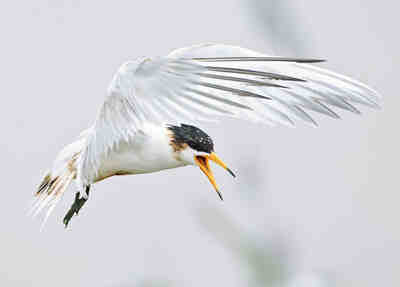
Thalasseus bernsteini
Thalasseus bernsteini,Chinese Crested Tern,Sterna bernsteini,Crested tern with black bill
The Chinese Crested Tern is a medium-sized waterbird with no subspecies.The ···
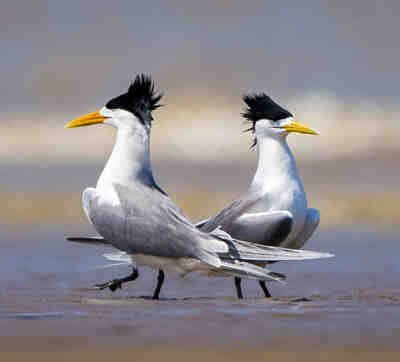
Sterna bergiii
Thalasseus bergii,Great Crested Tern
The Great Crested Tern has six subspecies.Large crested terns are resident b···

Larus relictus
Larus relictus,Relict Gull,angler
Relict Gull is a medium-sized waterfowl with no subspecies.In 1931, zoologis···

Larus minutus
Larus minutus,Little Gull,Hydrocoloeus minutus
Little Gull is a small waterfowl with no subspecies.Little gulls are partly ···
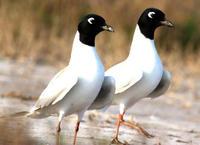
Larus saundersi
Larus saundersi,Saunders's Gull,Chinese Black-headed Gull,Samson's gull. Wandering gull
Black-billed gull Saunders' s Gull, medium water bird, no subspecies.It ···
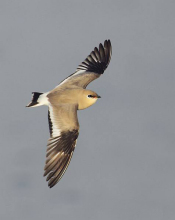
Small Pratincole
Glareola lactea,Small Pratincole,
Small Pratincole is a small waterside bird with no subspecies.The plover oft···
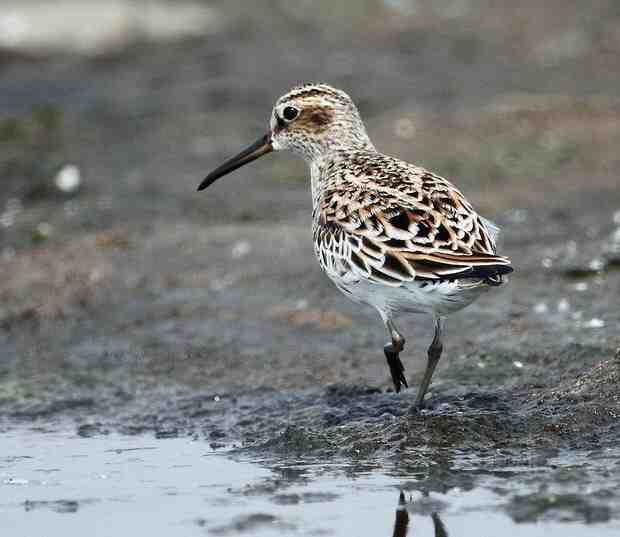
Limicola falcinellus
Limicola falcinellus,Broad-billed Sandpiper
The Broad-billed Sandpiper has two subspecies.The broad-billed snipe is main···
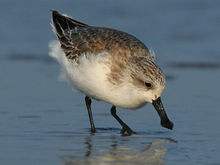
Eurynorhynchus pygmeus
Eurynorhynchus pygmeus,Broad-billed Sandpiper,Spoon-billed snipe. Spoon-billed snipe
Spoon-billed Sandpiper is a small wading bird with no subspecies.The snipe i···
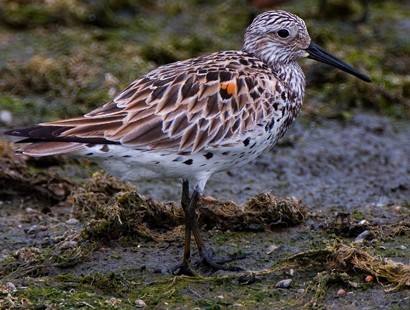
Calidris tenuirostris
Calidris tenuirostris,Great Knot
The Great Knot is a small wading bird with no subspecies.The giant Sandpiper···
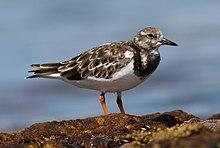
Arenaria interpres
Arenaria interpres,Ruddy Turnstone, Turnstone,Red turncock, brown turncock
The foreign name Ruddy Turnstone, no subspecies.The turnstone snipe is a tra···
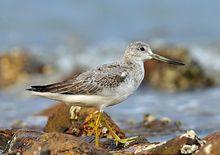
Tringa guttifer
Tringa guttifer,Spotted Greenshank,Nordmann's GreenshankNordstrom's Snipe
Spotted Greenshank is a small wading bird with no subspecies.The little gree···
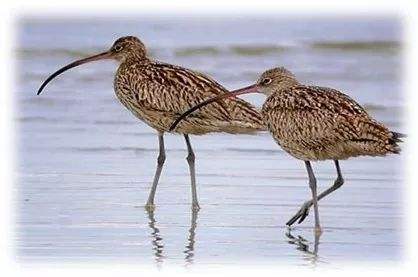
Numenius madagascariensis
Numenius madagascariensis,Far Eastern Curlew,Redback Snipe, Redback Snipe, 黦 Snipe, Hausen
The foreign name is Far Eastern Curlew, and there are no subspecies.Curlews ···
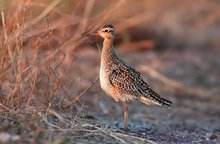
Numenius minutus
Numenius minutus,Little Curlew,Little old oil can
Little Curlew is a small wading bird with no subspecies.The curlew usually m···
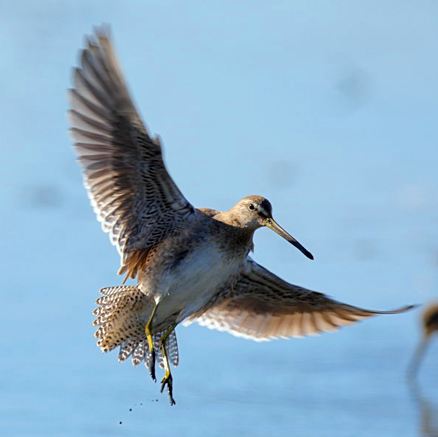
Limnodromus semipalmatus
Limnodromus semipalmatus,Asian Dowitcher, Asiatic Dowitcher,Limnodrome semipalmé
The semi-webbed snipe (ban p Giryu), also known as Asian Dowitcher, is a sma···
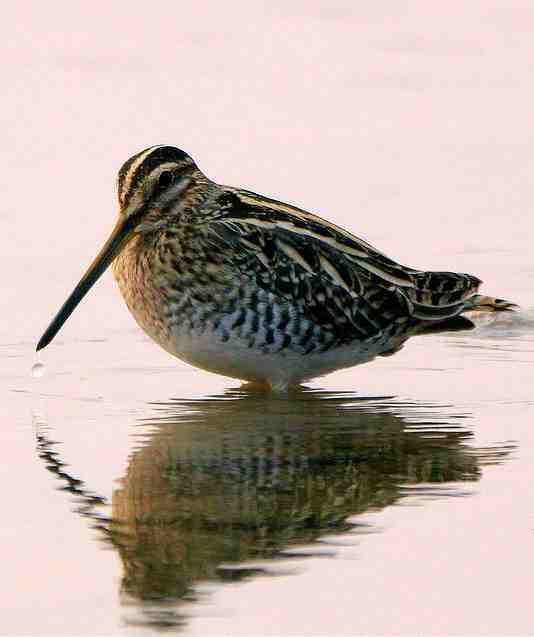
Gallinago nemoricola
Gallinago nemoricola,Wood Snipe
Wood Snipe, small wading bird, no subspecies.It is timid and withdrawn, ofte···
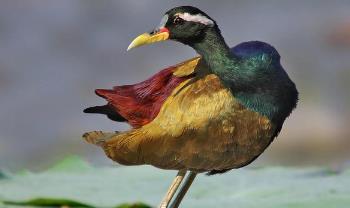
Metopidius indicus
Metopidius indicus,Bronze-winged Jacana
Bronze-winged Jacana is a small wading bird with no subspecies.Copper-winged···

Hydrophasianus chirurgus
Hydrophasianus chirurgus,Pheasant-tailed Jacana,Pheasant-tailed pheasant-tailed pheasant
Pheasant-tailed Jacana is a small to medium sized bird with no subspecies.Wa···
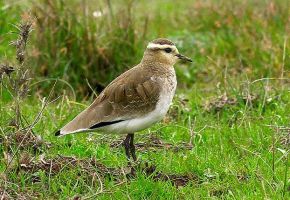
Vanellus gregarius
Vanellus gregarius,Sociable Lapwing, Sociable Plover,Vanneau sociable,Chettusia gregaria ssp. gregaria,lar and Andrew,Chettusia gregaria ssp. gregaria,amp and Simmons,Long legged lapis
The Sociable Lapwingm is a medium-sized wading bird.Yellow-cheeked laphens a···

Ibidorhyncha struthersii
Ibidorhyncha struthersii,Ibisbill
Ibisbill is a gray, black and white sandpiper with no subspecies.Ibisbill is···
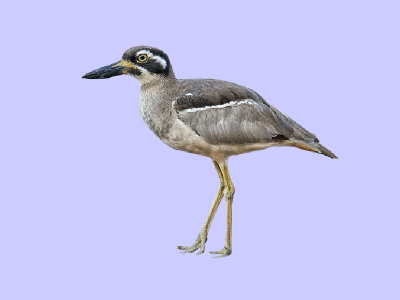
Esacus magnirostris
Esacus magnirostris,Great Thick-knee
Great Thick-knee is a medium-sized wading bird with no subspecies.Great Thic···
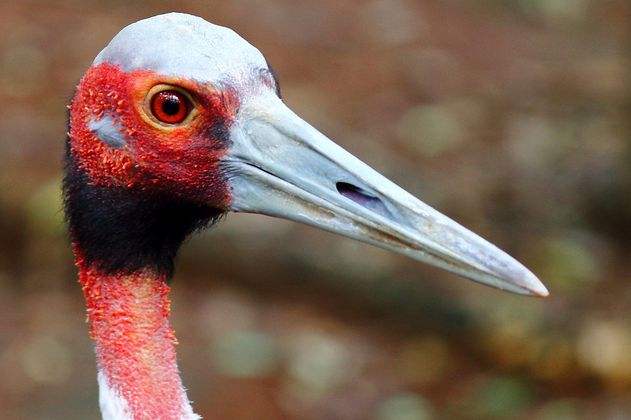
Grus antigone
Grus antigone,Sarus Crane
Sarus Crane is a large wading bird with three subspecies.Sarus Crane often m···
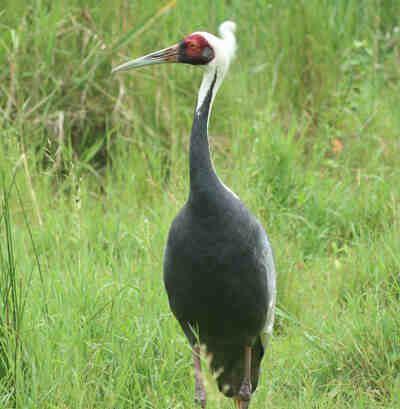
Grus vipio
Grus vipio,White-naped Crane, red-faced crane, white-crowned crane, native crane
White-naped Crane is a large wading bird with no subspecies.White-naped Cran···
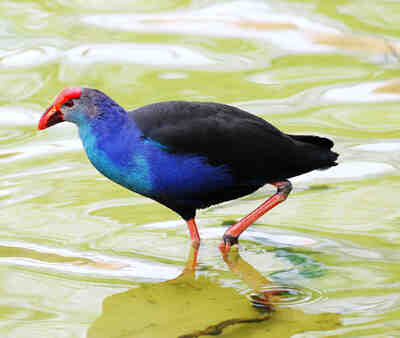
Porphyrio porphyrio
Porphyrio porphyrio,Purple Swamphen, Purple Gallinule, Purple Swamp-Hen,Poule sultane
Purple moorhen is called pukeko in foreign language. It is a medium-sized wa···
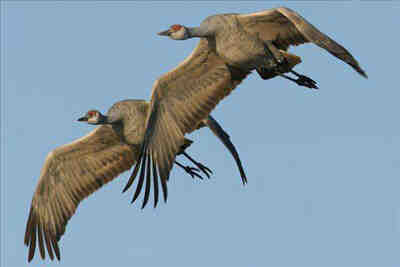
Grus canadensis
Grus canadensis,Brown Crane, Canada Crane
Sandhill Crane is a large wading bird with the largest number of cranes in t···
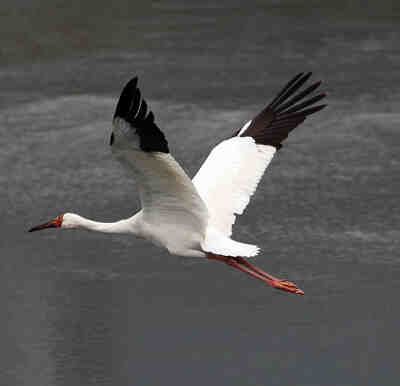
Grus leucogeranus
Grus leucogeranus,Siberian Crane ,Siberian White Crane, Snow Crane,Siberian Crane, Nun Crane, Snow Crane
The Siberian Crane is a large wading bird. Although it is divided into three···
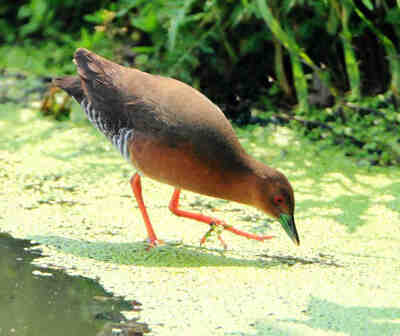
Porzana paykullii
Porzana paykullii,Band-bellied Crake
Band-bellied Crake, whose foreign name is Band-bellied Crake, is a small wad···
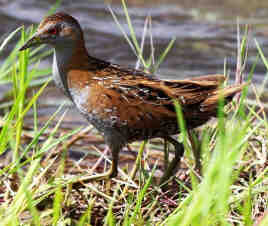
Zapornia parva
Zapornia parva,Porzana parva,Little Crake
Little Crake is a small wading bird with no subspecies.The frog often moves ···
